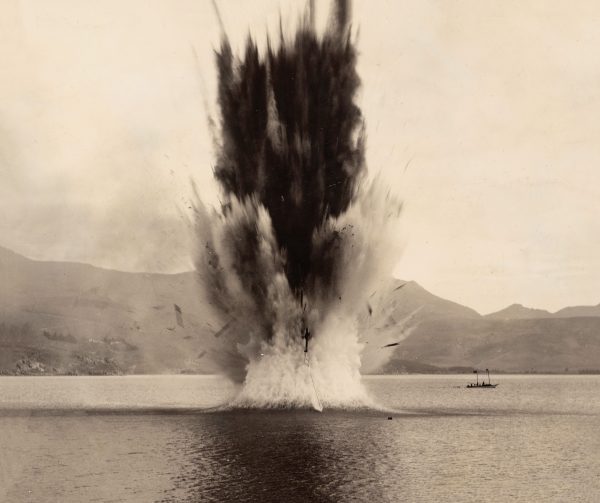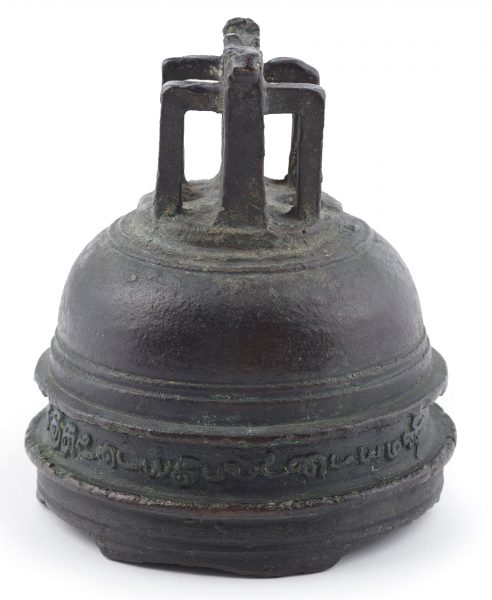Shades of grey
Five decades ago, a TV show changed the national psyche.

On the evening of Sunday, October 2, 1977, more than half of all television viewers in New Zealand sat down to watch the opening 90-minute episode of a new six-part historical drama series. Featuring more than 500 actors and costing in excess of $1.3 million (equivalent to $10 million today) to produce, The Governor was a landmark in New Zealand television history.
Corin Redgrave, a British actor and radical left-wing activist, took the lead role: Sir George Grey, twice governor and later premier (prime minister) of New Zealand in the 19th century. Among other things, Grey was responsible for kidnapping Te Rauparaha, ordering the execution or exile of multiple rangatira, and masterminding the invasion of Waikato in July 1863.
Despite these dubious achievements, he was known to many as ‘Good Governor Grey’, a principled, progressive and wise leader who had laid the foundations for a prosperous and peaceful country.
Michael Noonan, who came up with the idea for the show, producer Tony Isaac and principal writer Keith Aberdein wanted to tell a different story. Aberdein told the Listener that in many ways he wished Māori had won the New Zealand Wars as the country would have been better off for it. The series, he added, was intended to challenge smug assumptions about New Zealand’s history. Things weren’t so wonderful after all, especially for Māori, and it was time New Zealanders woke up to that fact.
The Governor portrays Grey not as a great humanitarian but—drawing on historical evidence—as a philanderer, a drug addict, devious, duplicitous and scheming.
In this version, Waikato had been invaded not to crush supposed ‘rebellion’ but to appease settler greed and hunger for Māori lands. Māori were victims of colonisation and settler avarice.
Coming two years after the Māori Land March led by Whina Cooper and in the middle of the occupation of Bastion Point/Takaparawhau, The Governor constituted a further challenge to Pākehā assumptions of a trouble-free history. Popular culture was now speaking to a much darker past.
Featuring Māori actors George Henare in the role of Hone Heke and Don Selwyn as Wiremu Tāmihana, the series was notable for its extensive use of te reo Māori and for seeking to incorporate Māori perspectives into its narrative and production decisions.
Māori responses to The Governor were largely positive. As influential Māori studies academic Ranginui Walker (Whakatōhea) noted, for the first time Māori were being shown on screen as ‘the goodies’. The reaction from Pākehā was mixed. While some welcomed the honest historical reappraisal that the show was seen to represent, others were highly critical.
Among their number was the prime minister, Robert Muldoon. Weeks before the programme was schedule to air, he told a news conference that the spending seemed “grossly excessive” and suggested Parliament’s public expenditure committee should investigate. A formal inquiry was rapidly launched, and a critical report released before the year was out.
Many suspected Muldoon’s real beef was less its cost than the unflattering new take on New Zealand history. The prime minister had been engaged in a long-running campaign against TV One and its staff and some observers thought his actions on this occasion smacked of political interference.
Although it was not without flaws (one critic described it as a “magnificent failure”), arguably there has never been another New Zealand historical drama series on the scale or with the same ambition as The Governor. It screened just once more, in 1978, due to a failure to secure further rights when contracting the cast, but is now available to watch in full on NZ on Screen.
Among the huge crew involved in the production, which took place mostly around the Hutt Valley and Horowhenua, was a young history student from Victoria University on his summer break. As James Belich later recalled during his 1998 documentary series The New Zealand Wars, one of his jobs as a labourer on the set was to help dig trenches for a battle scene at a reconstructed Ruapekapeka pā. It was a light-bulb moment for the budding historian, who would go on to radically reshape understandings of these defining conflicts in the national narrative.

















